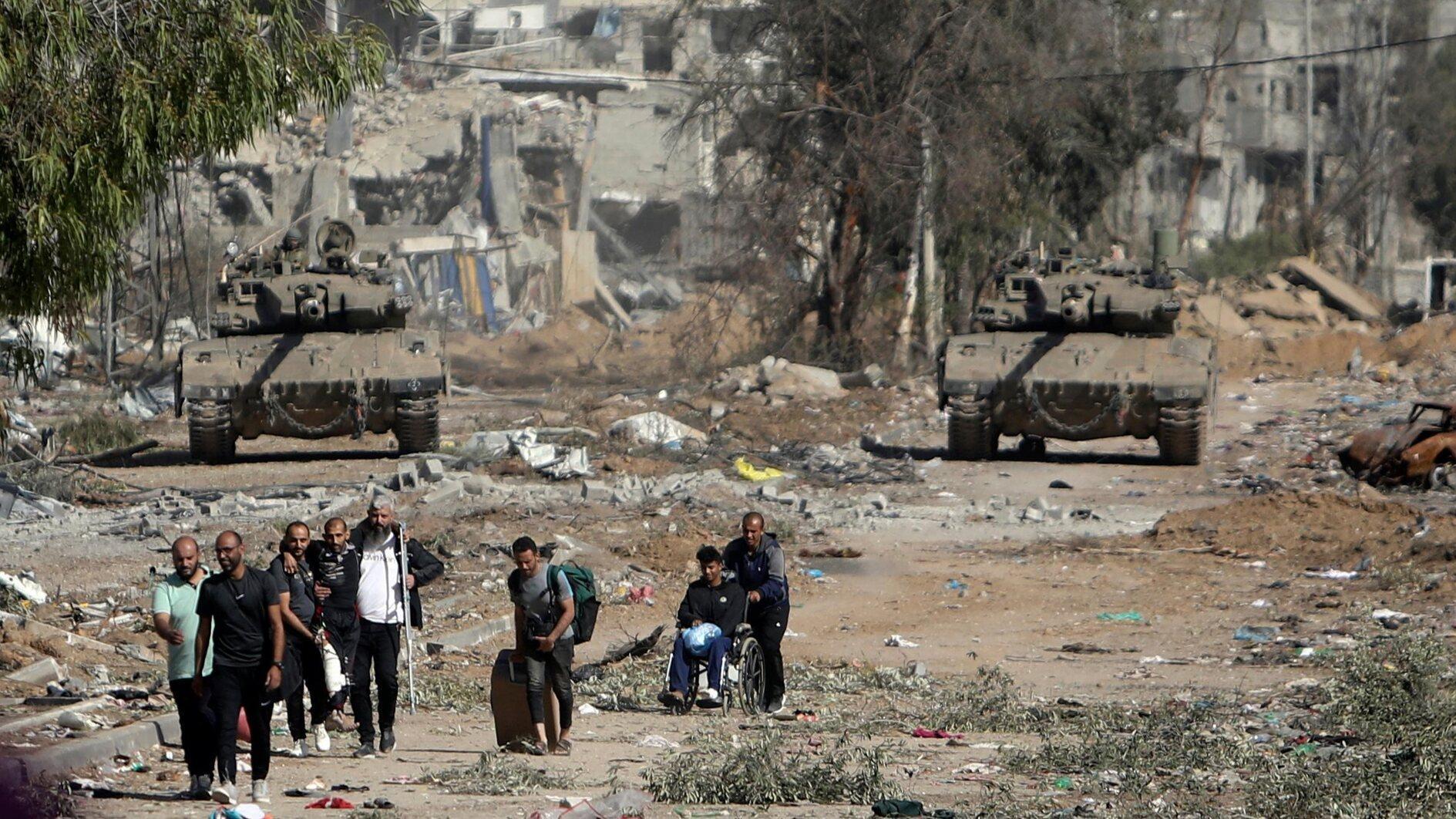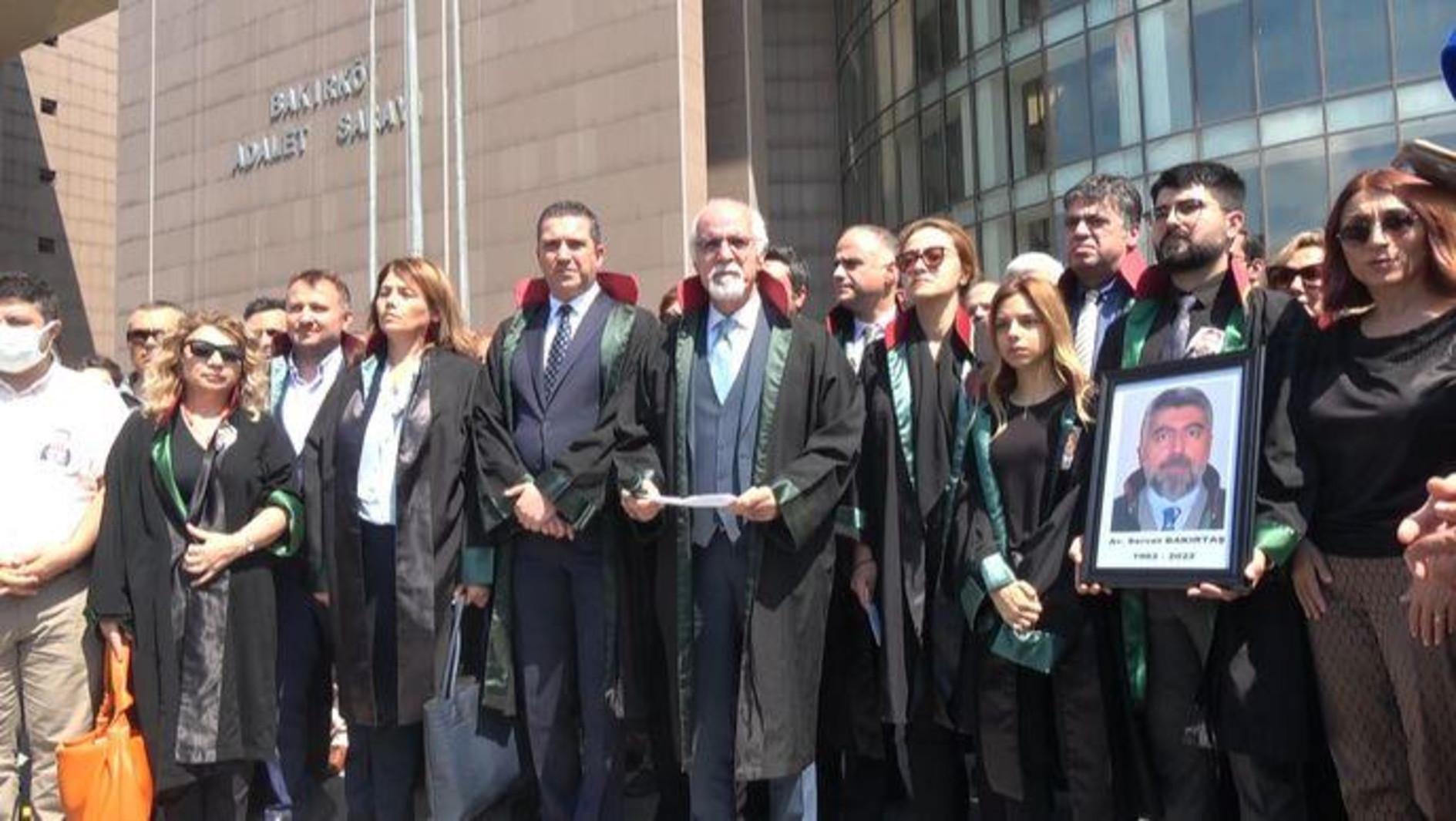US ramps up South Korea joint air drills with B-1B heavy bomber
SEOUL

A US B-1B long-range heavy bomber will participate in ongoing joint air drills with South Korea on Nov. 5, a defence ministry official in Seoul told AFP, ramping up a show of force after North Korea’s blitz of missile launches.
Pyongyang’s flurry of launches on Wednesday and Thursday included an intercontinental ballistic missile and one that landed near South Korea’s territorial waters for the first time since the end of the Korean War in 1953.
The United States and South Korea have warned that the launches could culminate in a nuclear test by North Korea, and extended their largest-ever air force drills to Saturday in response.
A South Korean defence ministry official told AFP that a US Air Force B-1B Lancer would participate in the last day of the exercises -- dubbed Vigilant Storm -- which were originally set for Monday to Friday this week.
"B-1B is scheduled to participate in the afternoon training," the official said, without providing further details.
Pyongyang has been particularly angered in the past by the deployment of US strategic weapons such as B-1Bs and aircraft carrier strike groups, which have been sent to and near the Korean peninsula in times of high tension.
While the supersonic B-1B no longer carries nuclear weapons, it is described by the US Air Force as "the backbone of America’s long-range bomber force".
The USAF lists the Lancer’s weapons payload as 34 tonnes (75,000 pounds), which can include cruise missiles and laser-guided bombs.
The B-1B’s range can be extended by in-air refuelling, giving it the ability to strike anywhere in the world.
Ahn Chan-il, a North Korean studies scholar, told AFP that given the B-1B’s status as a key strategic US asset, its deployment in the drills with South Korea will be seen as a "significant threat" by North Korea.
The B-1B show of force came a day after South Korea scrambled fighter jets in response to what it said was the mobilisation of 180 North Korean warplanes.
Pyongyang has ramped up missile launches in protest of the US-South Korea air drills. Such exercises have long infuriated North Korea, which sees them as rehearsals for an invasion.
North Korea had called Vigilant Storm "an aggressive and provocative" drill, and said the United States and South Korea would "pay the most horrible price in history" if it continued.
Experts say Pyongyang is particularly sensitive about these drills because its air force is one of the weakest links in its military, lacking high-tech jets and properly trained pilots.
Compared with North Korea’s ageing fleet, Vigilant Storm has seen some of the most advanced US and South Korean warplanes in action, including F-35 stealth fighters.
At the United Nations Security Council on Friday, US Ambassador Linda Thomas-Greenfield dismissed criticism of Vigilant Storm as North Korean "propaganda", saying it posed no threat to other countries.
She assailed China and Russia during the emergency session, accusing them of having "enabled" North Korea.
Moscow and Beijing have in turn blamed Washington for the escalation, and the meeting ended without a joint statement from the Security Council.
















